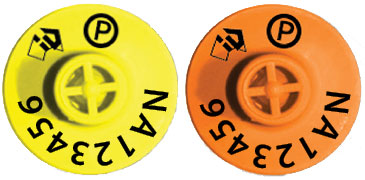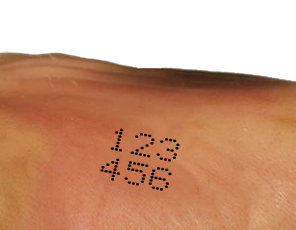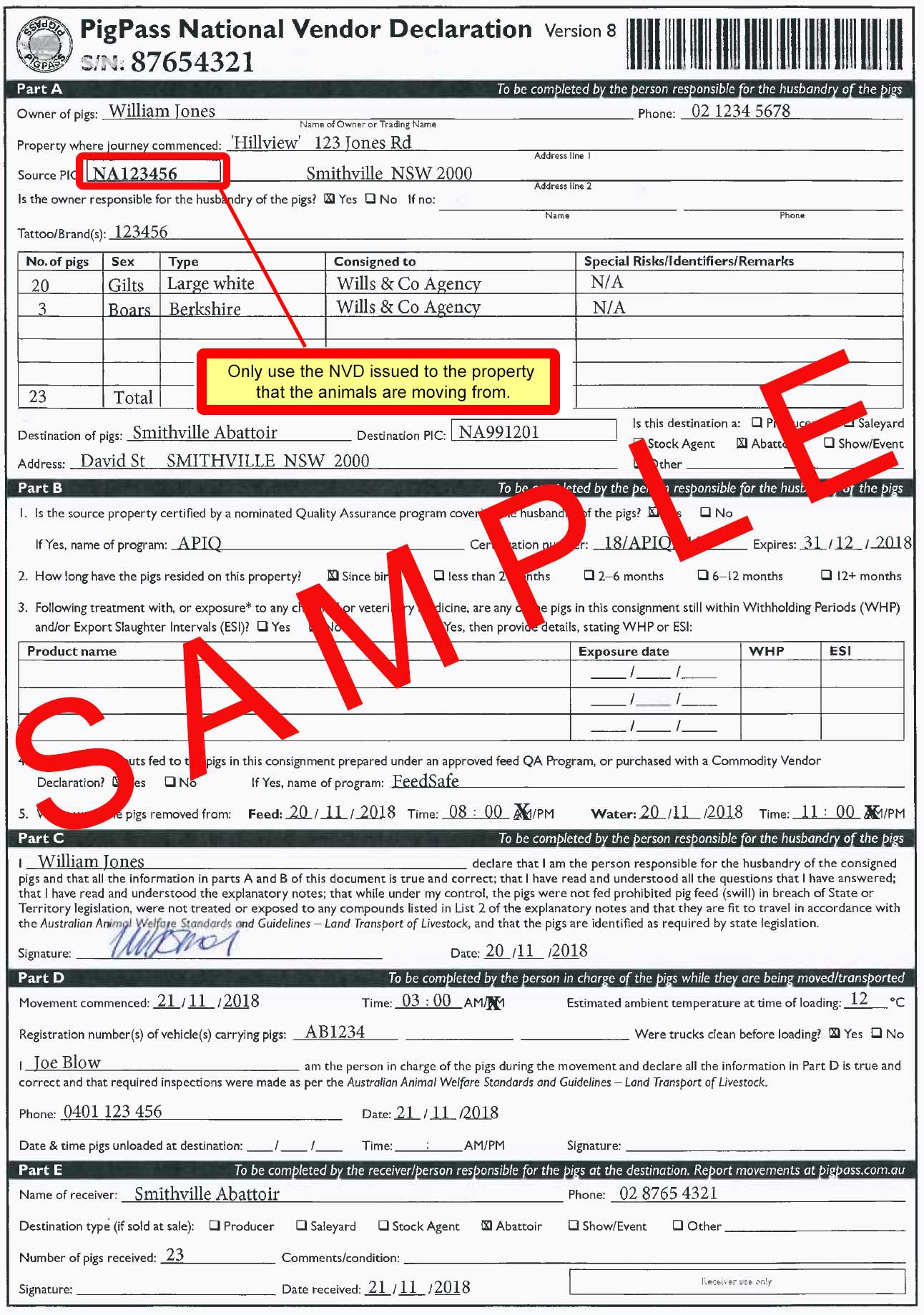8-Step guide to moving and selling pigs
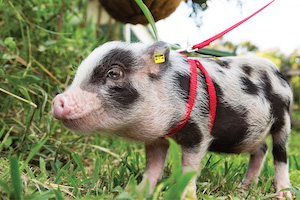
Remember
The system relies on you!
Traceability pays and safeguards your pig industry.
All pigs must be identified before they move, including pets.
The NLIS (Pigs) enhances Australia’s ability to maintain market access and helps to quickly contain a major food safety or disease incident. NLIS allows animals to be traced from property of birth to slaughter, for biosecurity, food safety, product integrity and market access purposes.
Step 1: Make sure you have a PIC
Have you got an active PIC for your property? Contact your nearest Local Land Services (LLS) or phone 1300 795 299 to register.
Step 2: Register and order a swine brand
- Contact LLS to register your swine brand
- Order a branding tool from your local rural supplier
Step 3: Order NLIS accredited pig ear tags
NLIS ear tags for pigs can be ordered through your local rural merchandiser or direct from tag manufacturers. Place your order at least 14 days before you need them.
For pigs less than 25kg, you must use an NLIS tag.
For pigs heavier than 25kg, it is preferred that you use a swine brand. Otherwise NLIS ear tags are permitted.
Step 4: Register with the PigPass database to obtain a PigPass NVD
Visit the PigPass database to register. For questions, contact the PigPass helpdesk phone 1800 001 458 (8.30 am - 5.00 pm Monday to Friday) or email helpdesk@pigpass.com.au
Step 5: Identify pigs correctly
Attach NLIS tags just prior to movement to minimise possibility of lost tags. It is illegal to remove tags from a pig until it is being processed at an abattoir.
| Lighter than 25kg | Heavier than 25kg |
|---|---|
Only an ear tag
| Swine brand (preferred)
OR An ear tag
|
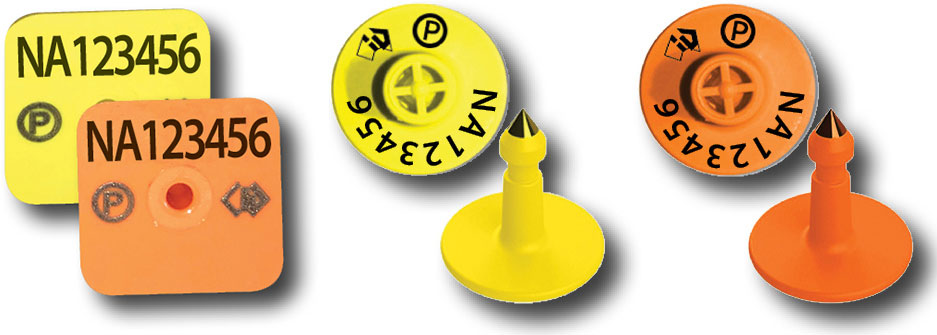
Ear tag colours


Use a swine brand for pigs heavier than 25kg:
- pigs born on the property are branded on the left shoulder, and
- pigs that have been introduced or of unknown origin are branded on the right shoulder.
Movements between Australian Pork Industry Quality (APIQ)® accredited properties (same owner)
- No PigPass NVD required
- No tattoo/tag required
- Must record movement in PigPass database
Step 6: Complete PigPass NVD (if you sell or move pigs)
Complete an online PigPass NVD (or eNVD) up to 5 days before the movement, or in hard copy using a PigPass NVD book.
If using a PigPass NVD book, keep the original pink carbon copy and give 2 copies (white and green) to the transporter. The transporter keeps the green copy and hands the white copy to the receiver.
If using an eNVD then all copies will be the colour of the paper you print them on. Make sure you print 3 copies, one for your own records and 2 to give to the transporter.
Important
Print 3 copies of PigPass NVD:
- copy for your own records and
- copies to give to the transporter.
Step 7: Complete transfer on PigPass database (if you buy or receive pigs)
When pigs arrive on your property from another property you must record the movement onto your PIC using the serial number of the PigPass NVD. Record the movement into the PigPass database within 2 days.
Note: pigs are traced as a mob, so individual NLIS numbers are not required.
Complete a transfer in 5 simple steps:
- Log onto the PigPass database with your username and password.
- Select the property to property (P2P) Movement button.
- Type in the serial number of the PigPass NVD provided to you and press Lookup. Press Clear to start again.
- Check that the source PIC on the PigPass NVD matches the source PIC on the screen.
Fill in the required information:
- Destination PIC
- Time the pigs were kept on the source property
- Number of pigs received
- Date of movement
- Condition
- Press ‘Choose file’ to upload image of PigPass NVD
- Click ‘Submit’ button
Reminder
Saleyards record movements of pigs to and from their premises, and abattoirs record movements to the abattoir. Agents can assist in recording movements of pigs onto your property after a private livestock sale.
Step 8: Keep all PigPass NVD records for 3 years
This may be either electronically or in hard copy form, as long as it is easily accessible.
For more information or help with the PigPass database contact the PigPass Helpdesk: email helpdesk@pigpass.com.au or call 1800 001 458 Monday to Friday 8:30 am to 5:00 pm EST.
